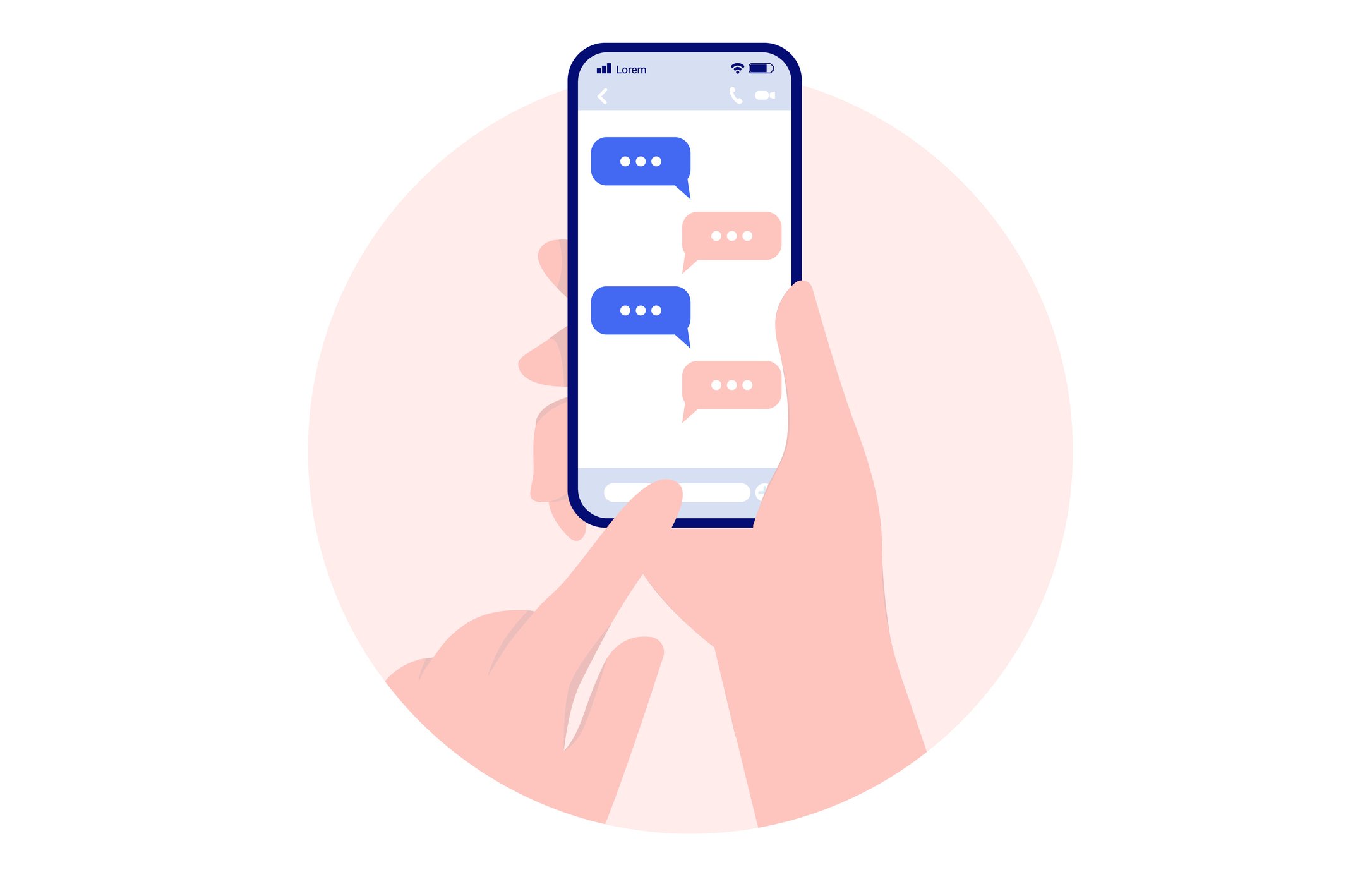
Because it offers a direct, convenient way to deliver information to customers, MMS/SMS messaging has become an increasingly popular channel for businesses to communicate with their customers. However, as the volume of SMS messaging has increased, so too have concerns about spam and fraudulent messages. To address these concerns, the Cellular Telecommunications Industry Association (CTIA) has introduced a new framework for SMS messaging known as 10DLC.
What is 10DLC?
10DLC, short for 10-digit long code, is a new MMS/SMS standard that was introduced by the CTIA in the United States in 2021. 10DLCs are essentially phone numbers that can be used for SMS messaging purposes, and they are expected to replace the use of traditional shared short codes.
Why was 10DLC Introduced?
The introduction of 10DLC was primarily driven by concerns around spam and fraud in MMS/SMS marketing. Shared short codes, which are phone numbers that are shared by multiple businesses for MMS/SMS marketing purposes, have been vulnerable to abuse by bad actors who use them to send unsolicited messages or engage in other forms of fraudulent activity.
To combat these issues, the CTIA introduced 10DLC as a new SMS standard that is designed to be more secure and reliable. With 10DLC, businesses can have their own dedicated phone numbers for SMS marketing purposes, which can help to reduce the risk of fraud and improve the overall effectiveness of their campaigns.
How Does 10DLC Work?
To use 10DLC for MMS/SMS marketing, businesses need to register their phone numbers with a messaging service provider that is authorized by the CTIA. The messaging service provider will then conduct a vetting process to ensure that the business is legitimate and that its messaging practices comply with CTIA guidelines.
Once the phone number is approved, businesses can use it to send SMS messages to their customers. Because the phone number is dedicated to their business, they have more control over how it is used and can customize it to fit their branding and messaging needs.
The 10DLC framework also requires businesses to provide additional information to customers, such as the sender's name and contact information, and to obtain consent from customers before sending messages.
How Can Telecom Providers Prepare for 10DLC?
If you’re a telecom reseller who provides SMS services to businesses, it’s important to start preparing for the transition to 10DLC. Here are some steps you can take to get started:
- Educate yourself on 10DLC: Familiarize yourself with the basics of 10DLC and how it works. This will help you to understand the changes that are coming and how they will impact your business.
- Identify affected clients: Determine which of your clients are currently using shared short codes for SMS marketing and will need to transition to 10DLC. Reach out to them and let them know about the upcoming changes.
- Work with Messaging Service Providers: Find messaging service providers that are authorized by the CTIA to provide 10DLC services. Work with them to help your clients register their phone numbers and ensure that their messaging practices comply with CTIA guidelines.
- Update your systems: Make sure that your SMS systems are compatible with 10DLC and can handle the new messaging format. This may require software updates or other changes to your infrastructure.
- Communicate with your clients: Keep your clients informed throughout the transition process. Let them know what steps they need to take, what the timeline is for the transition, and how they can expect their SMS marketing to be impacted.
